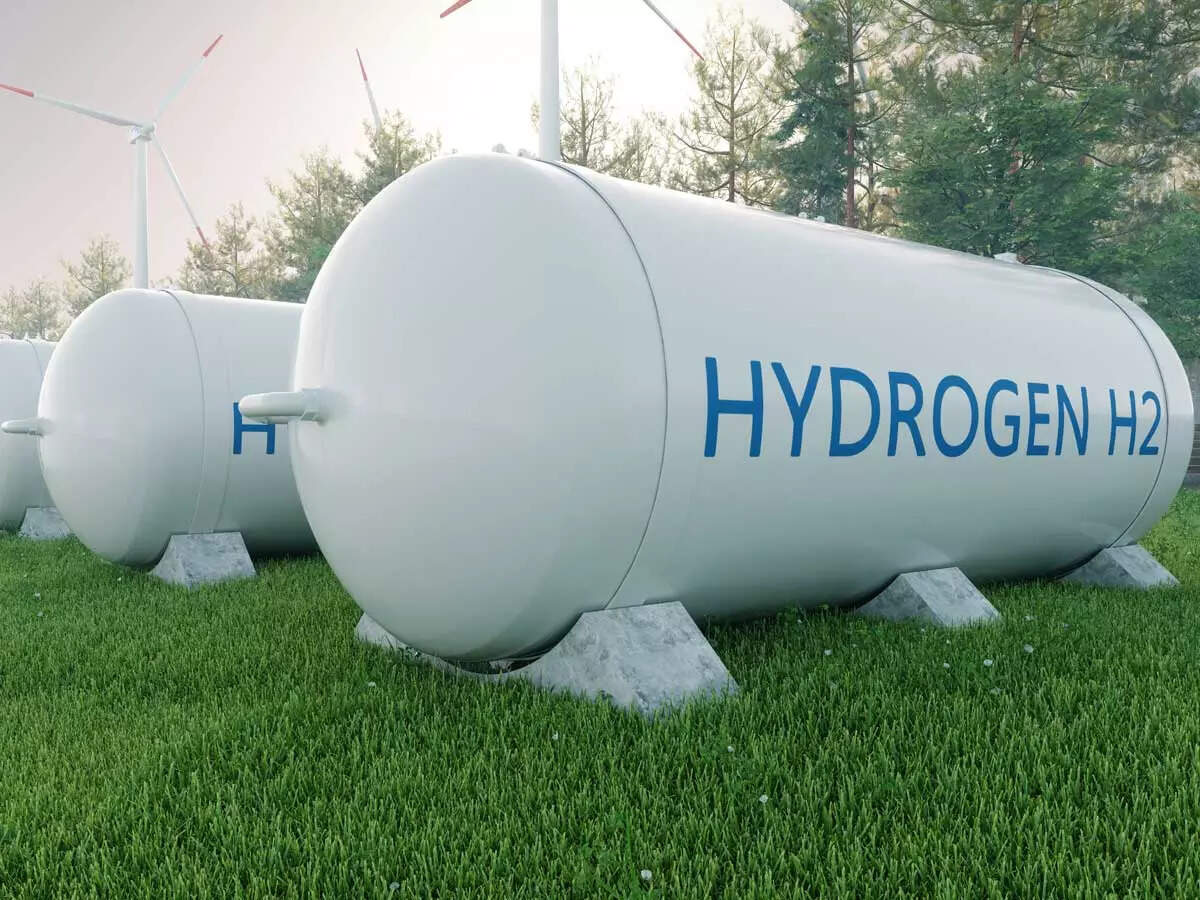
New Delhi: Despite the growing momentum behind low-emissions hydrogen, projects face potential delays due to slow roll-out of financial incentives and persistent cost pressures, according to a new report from the International Energy Agency (IEA).
While more than 40 countries have announced national hydrogen strategies, production remains low. “Low-emissions hydrogen still accounts for less than 1% of overall hydrogen production and use,” the IEA’s Global Hydrogen Review 2023 stated.
Amid global energy challenges and economic factors affecting costs across the hydrogen value chain, the future profitability of new projects is in question. “Inflation and more expensive borrowing costs… are driving up financing costs for developers,” the report said.
However, there are positive developments, with the report noting, “By the end of 2022, electrolyser capacity for hydrogen production reached almost 700 MW.” Based on current projections, this number could reach 2GW by the end of 2023, half of which would be attributed to China.
IEA Executive Director Fatih Birol emphasized the potential role of hydrogen in sectors like chemicals and steel, stating, “We have seen incredible momentum behind low-emissions hydrogen projects in recent years.” But he also noted that a challenging economic environment would test the industry’s resilience.
The report also highlighted an imbalance between production and demand. In 2022, global hydrogen use hit 95 million tonnes, but uptake of low-emissions hydrogen was just 0.6%. This resulted in the release of 900 million tonnes of CO2.
Highlighting the potential of low-emissions hydrogen, the report mentioned its capacity to “boost economies for the future by creating new industrial supply chains.” However, “lengthy time lags between policy announcements and implementation are causing developers to delay projects.”
The IEA suggests that for low-emissions hydrogen to achieve its potential, governments need to address various challenges, including “effective delivery of support schemes, bolder action to stimulate demand, and addressing market barriers such as licensing and permitting.”

